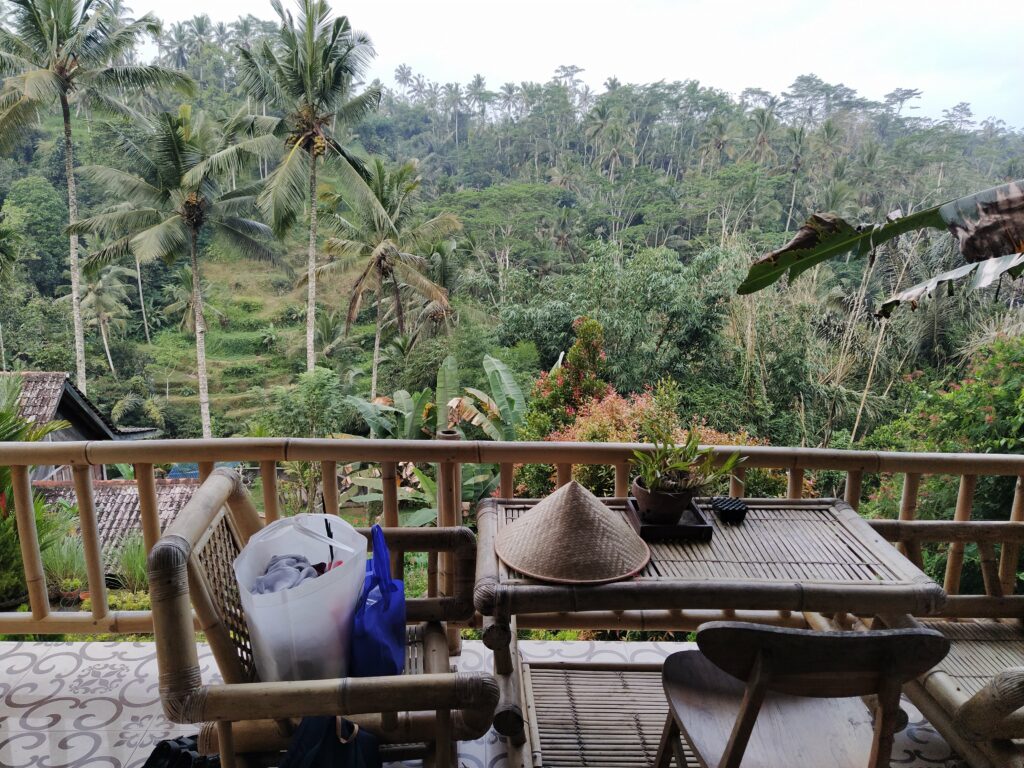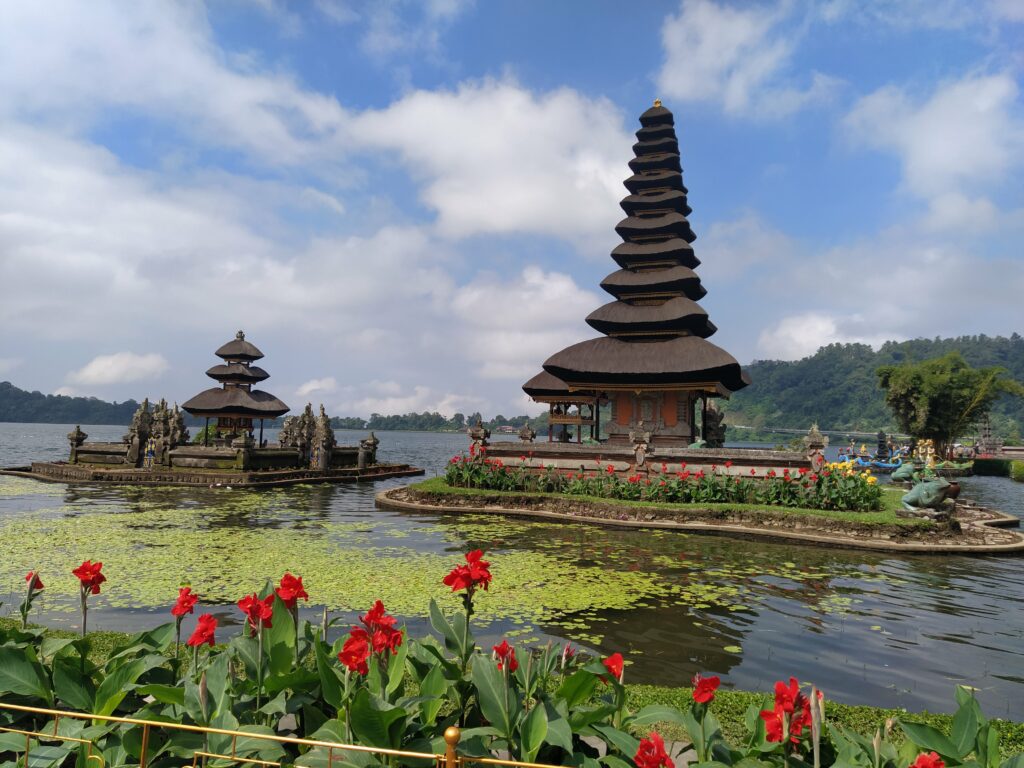When you hear ‘Indonesia,’ the first thing that comes to mind is usually Bali, the flagship of the country’s tourism. However, Indonesia is not just Bali. On the country’s largest island, Java, there is a truly magnificent city. Yogyakarta (or Jogja) is a beautiful region in Indonesia, known for its rich cultural heritage and history, blending traditional Indonesian culture with modern influences. The historic city center, which has been designated a UNESCO World Heritage site, is filled with temples, palaces, and traditional markets. Yogyakarta is also close to significant archaeological sites such as Borobudur and Prambanan.
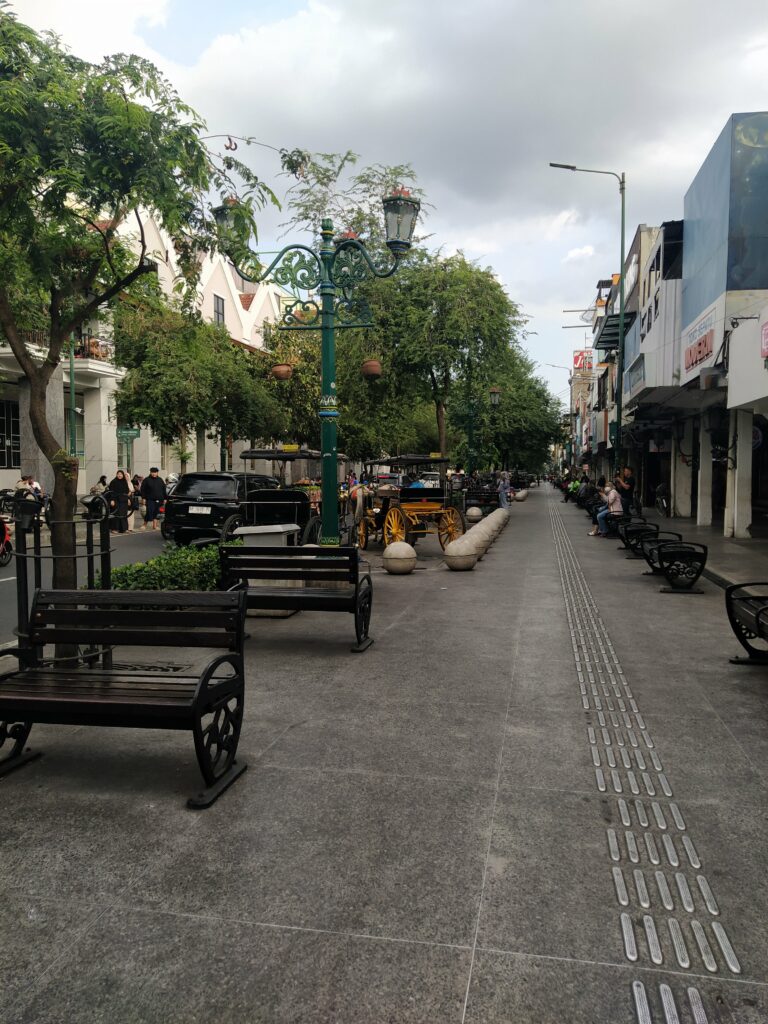

How to get there
Yogyakarta is located about 600 kilometers southeast of Jakarta, on the island of Java. The fastest way to reach Yogyakarta is by plane to the city’s international airport, either from Jakarta or Bali. The airport is 40 kilometers from the city center and can be accessed by train or taxi. The train is the most economical option, with a ticket costing only 50,000 rupiahs, about 3 euros. The city’s international airport is modern, clean, and beautifully decorated with spacious waiting areas and various food options.
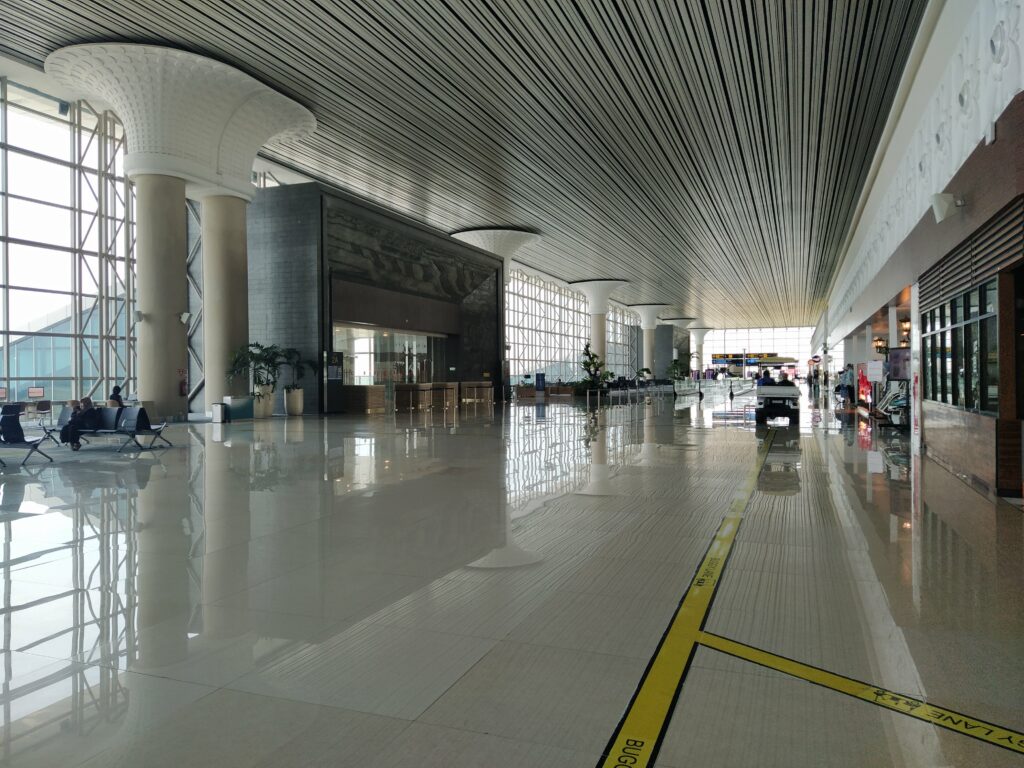
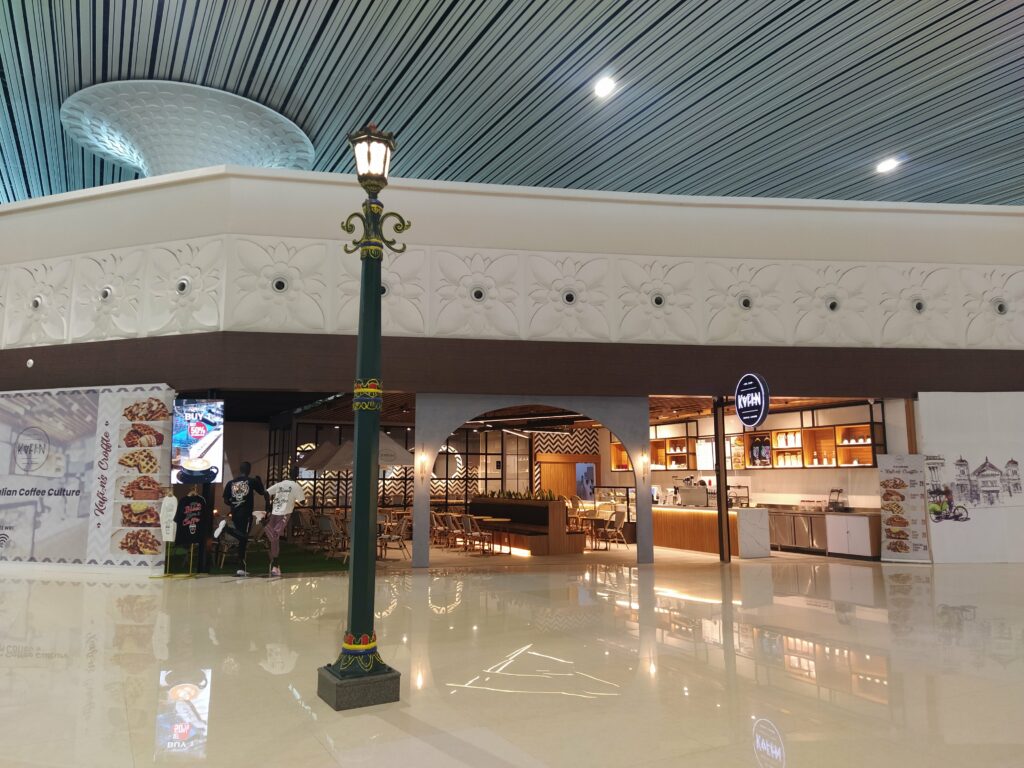
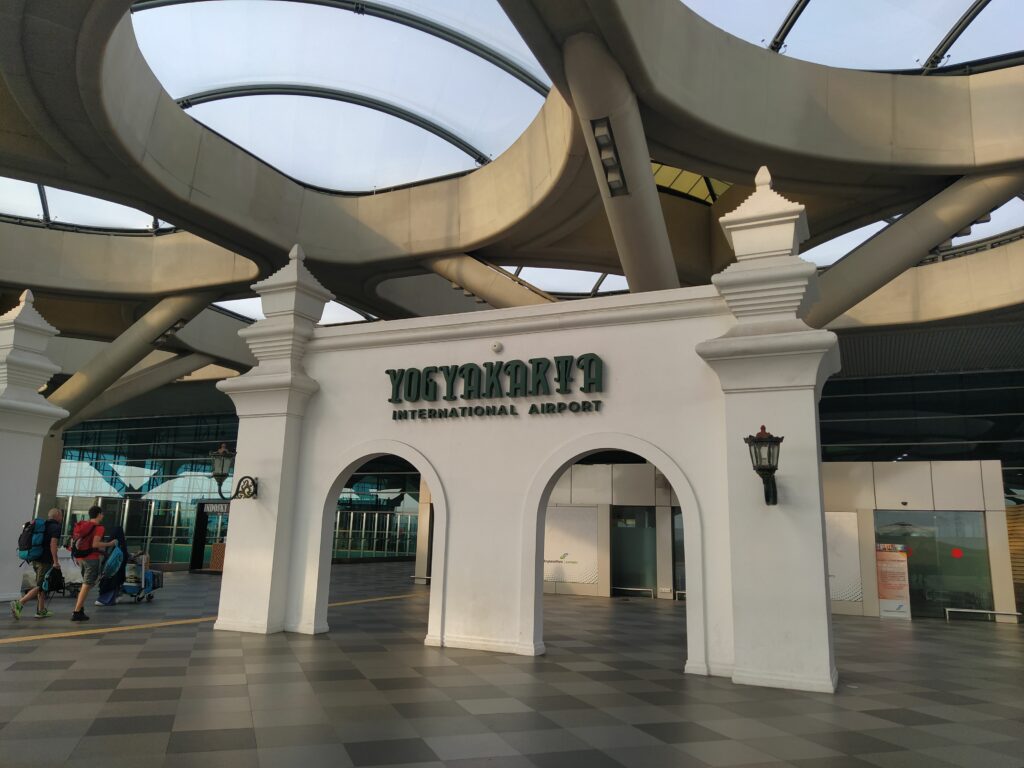
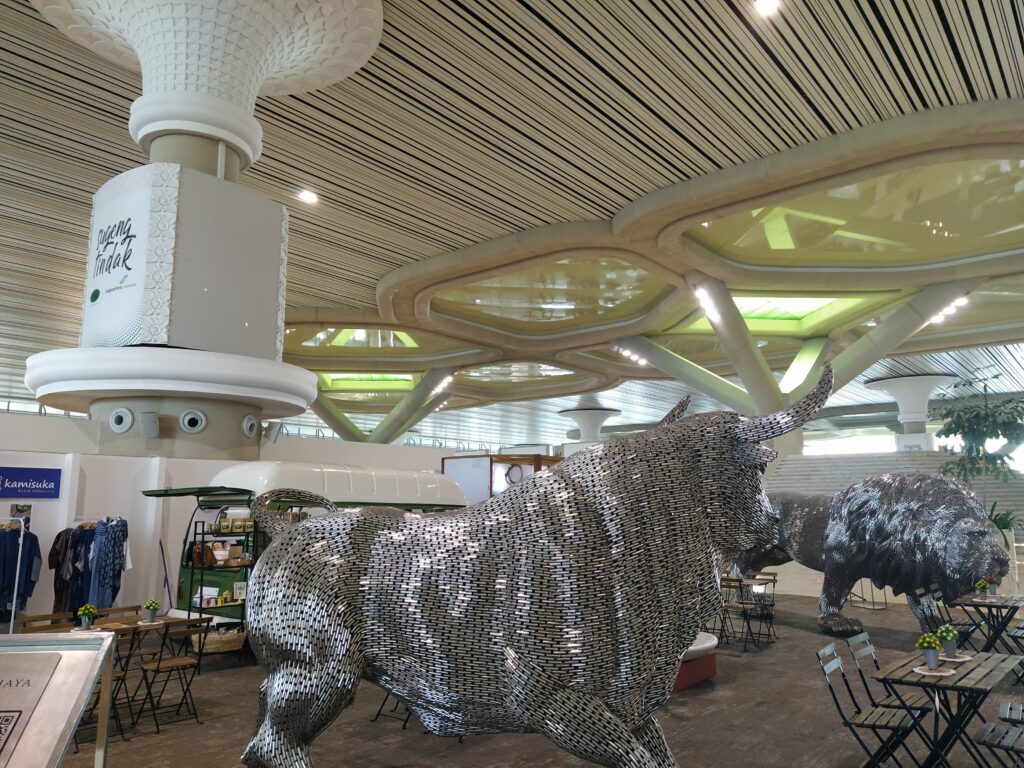
If you are in Jakarta, another way to get to Yogyakarta is by train from the main Gambir station. There are several departures every day, and the journey takes about 6 hours. The route is interesting, passing through beautiful natural landscapes and cities of Java. Depending on the level of comfort you desire, there is a variety of trains and ticket classes. We chose the Executive 1 class, which is neither the most economical nor the business class. The price was 600,000 rupiahs (35 euros per person) for a reserved seat. The train was comfortable, with clean toilets, and at intervals, a worker would pass by with a cart offering food, drinks, and snacks (the snacks in the image below were excellent!!!). Overall, the experience was pleasant, and with a slight delay, we arrived in Yogyakarta.
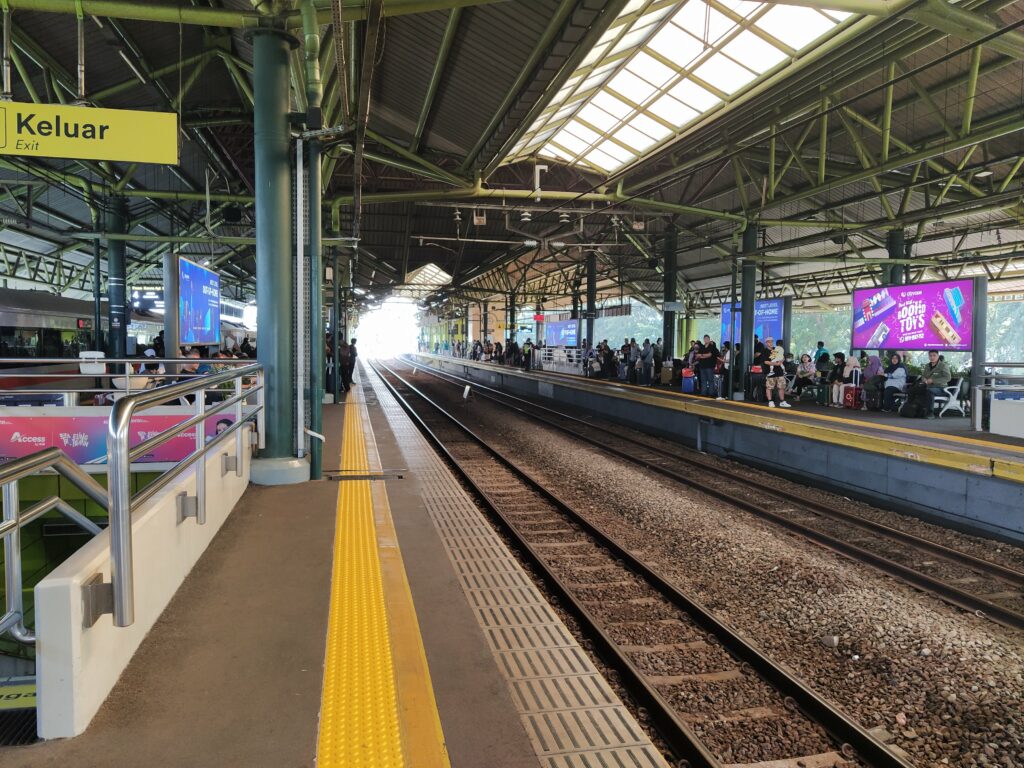


Important information for ticket booking: Jakarta is a bustling metropolis with 30 million inhabitants. Therefore, it is recommended to book train tickets in advance. Additionally, some offers sell out over time. However, booking tickets online is not the easiest task, as most websites do not accept payment with foreign credit or debit cards. We recommend using traveloka.com, the official partner of KAI, the company operating long-distance trains in Indonesia. It is one of the few sites that allows purchasing tickets with foreign cards. Choose the day, time, and seat class, and enter your personal details and card information. If the payment is not accepted, email the customer service of the website. Due to restrictions on international card transactions, they will ask for a photo of your passport and the front side of your debit card, showing only the last 4 digits (covering the rest of the card details). After this verification, payment can be processed normally through the site. You will receive a receipt and a ticket confirmation. When you arrive at the train station in Jakarta, you must print your ticket from automatic ticket machines. The process is very simple and quick, just by entering your booking details.
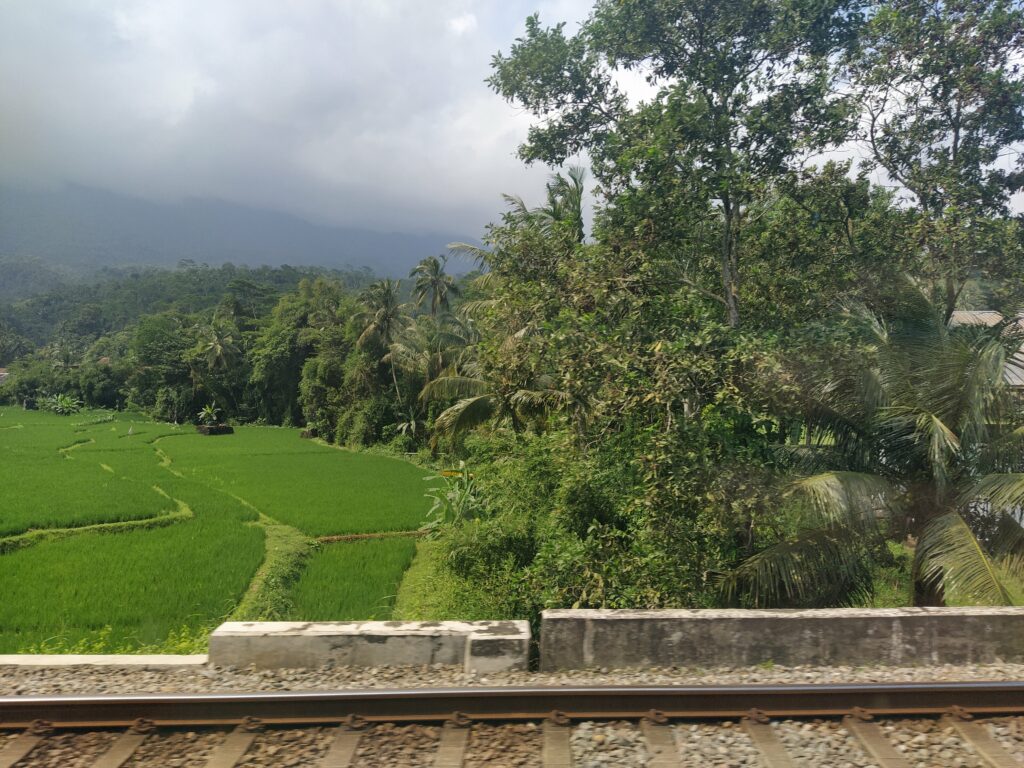
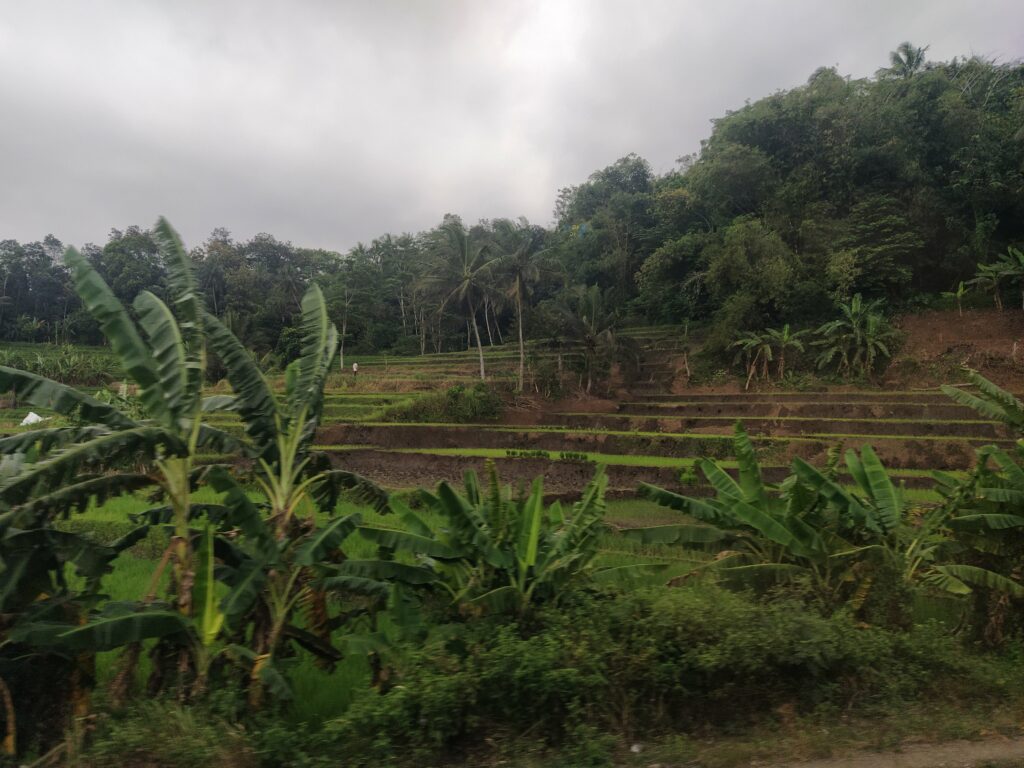
Accommodation
Accommodation in Yogyakarta offers a wide variety of options, from luxury hotels at affordable prices to more budget-friendly accommodations. It all depends on what you’re looking for and your budget. For lodging, we recommend either the city center around Malioboro Street, which is full of shops, restaurants, and markets, or near the major cultural monuments, such as Borobudur and Prambanan.
We stayed in the city center at Melia Purosani Yogyakarta. It is an excellent 5-star hotel located in the heart of the city, featuring an outdoor pool, restaurants with various cuisines (Indonesian, Italian, Indian), and a travel agency to organize day trips. The price for a triple room for 2 nights was 3,500,000 rupiahs (200 euros total, so 35 euros per person per night). The room was modern, 42 square meters, with a view of the hotel’s pools.
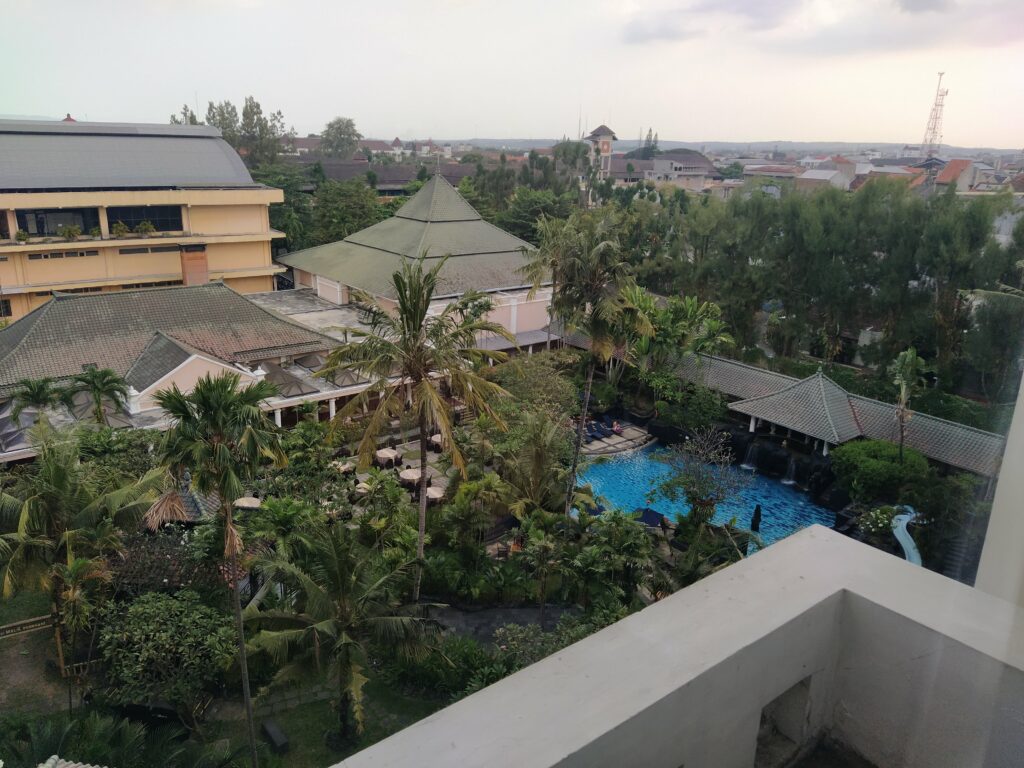
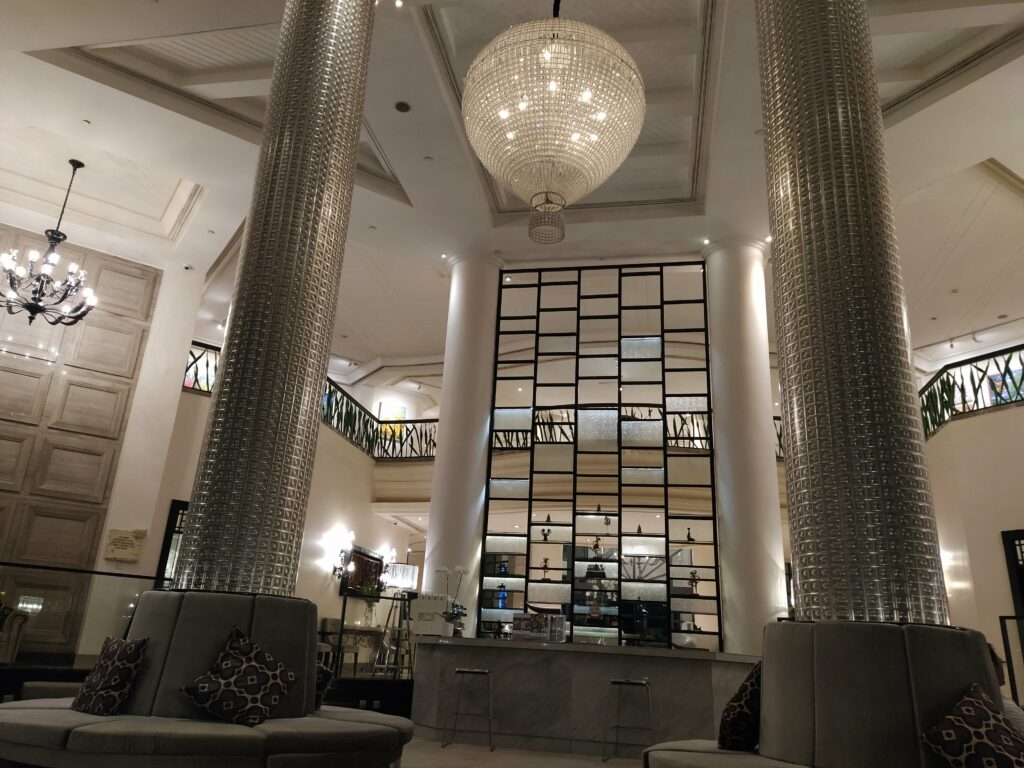
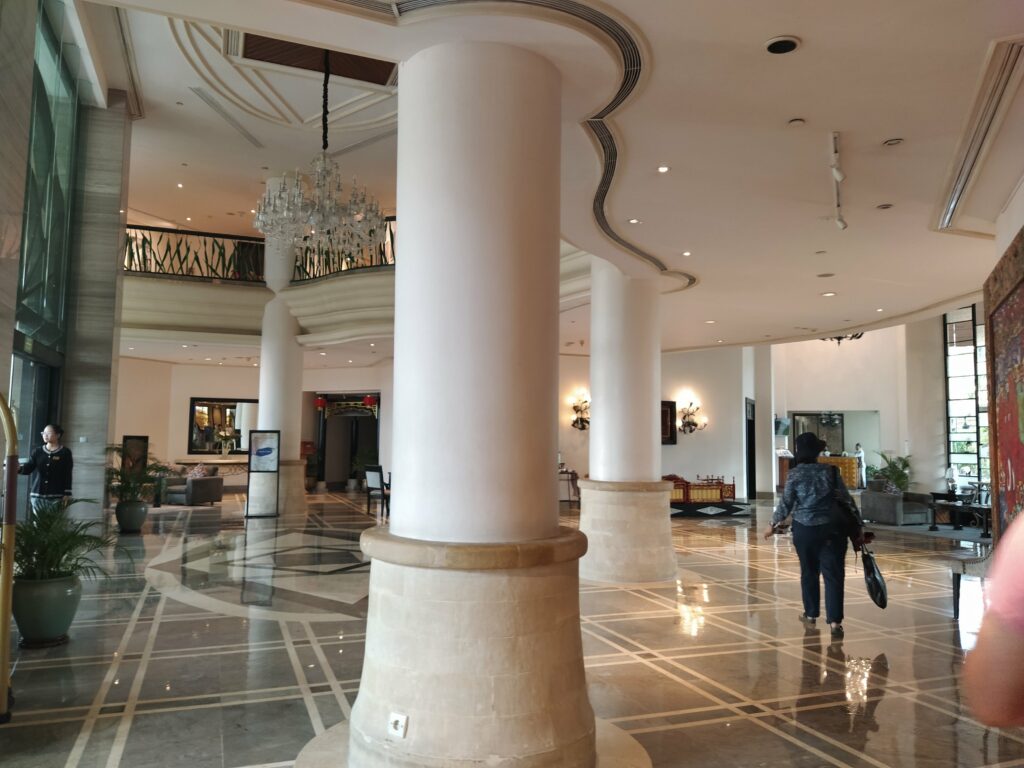
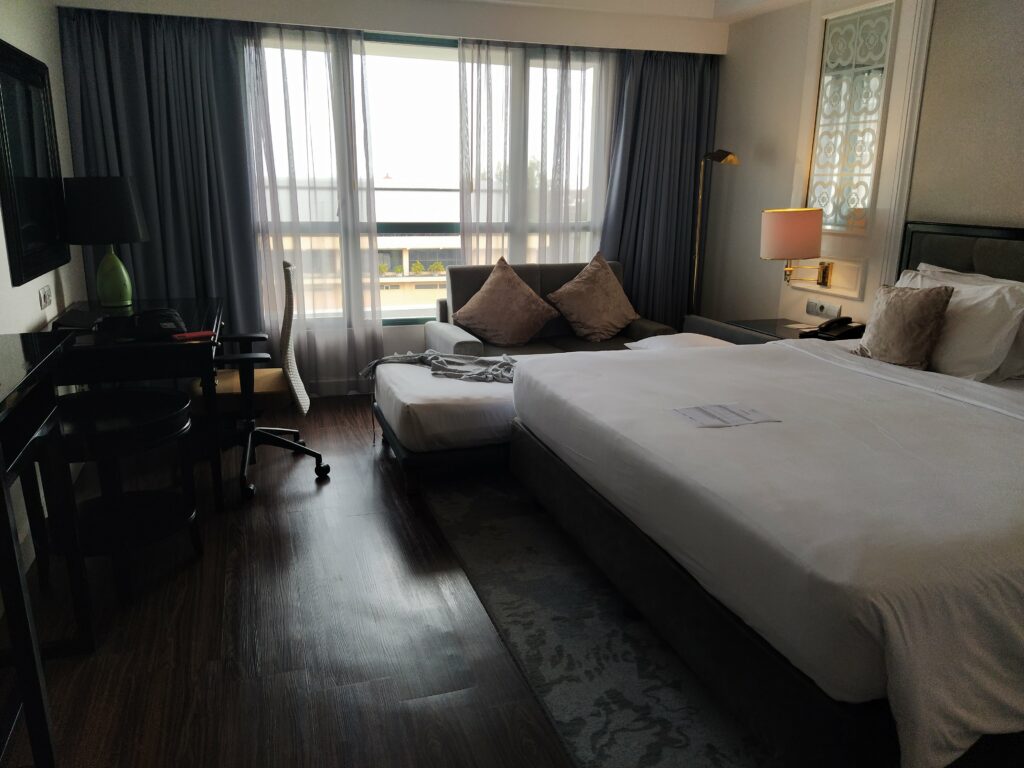
Main attractions of the city
Sultan’s Palace (Kraton Yogyakarta): The center of political and cultural life in Yogyakarta. This palace is the residence of the sultan and the royal families. It is an excellent place to learn more about the city’s history and culture. The daily opening hours are from 8:30 AM to 2:30 PM. It’s worth noting that Yogyakarta is the only city in Indonesia that still has a monarchy today.
Taman Sari Water Castle: The Sultan’s water palace, built in the 18th century. The gardens, pools, and walkways around the palace provide a beautiful view of traditional Indonesian architecture. The daily opening hours are from 9:00 AM to 3:00 PM.
Malioboro Street: The most famous street in the city, filled with shops, shopping malls, markets, and traditional stores. It’s perfect for shopping while also offering authentic local flavors of Indonesian cuisine.
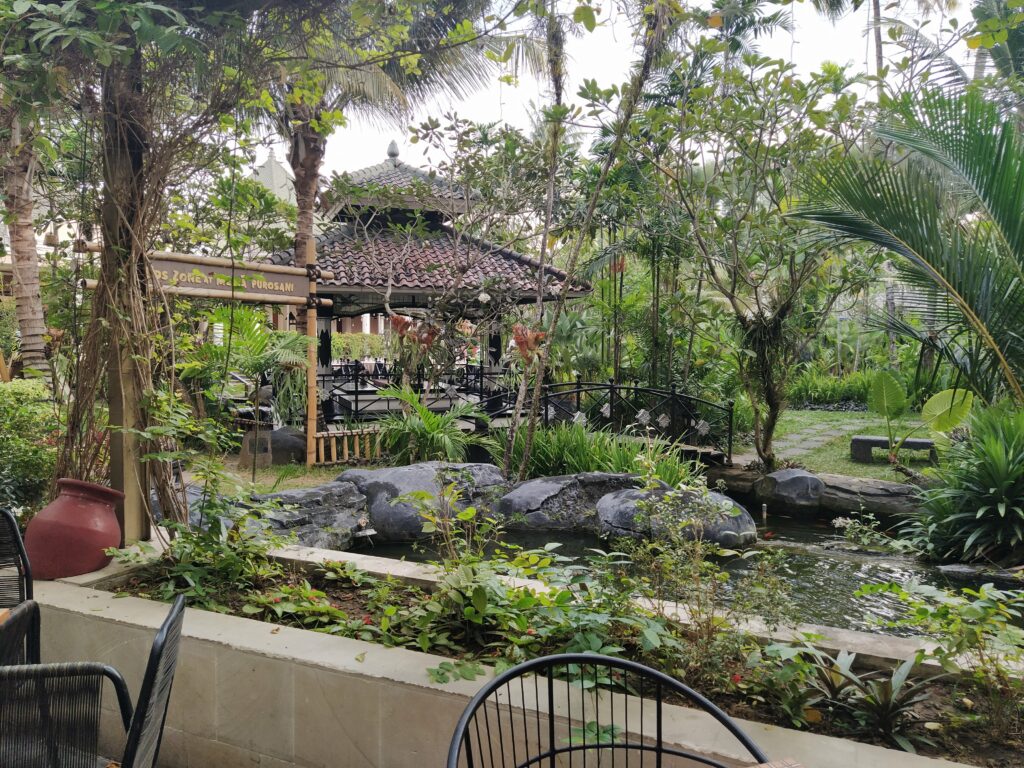
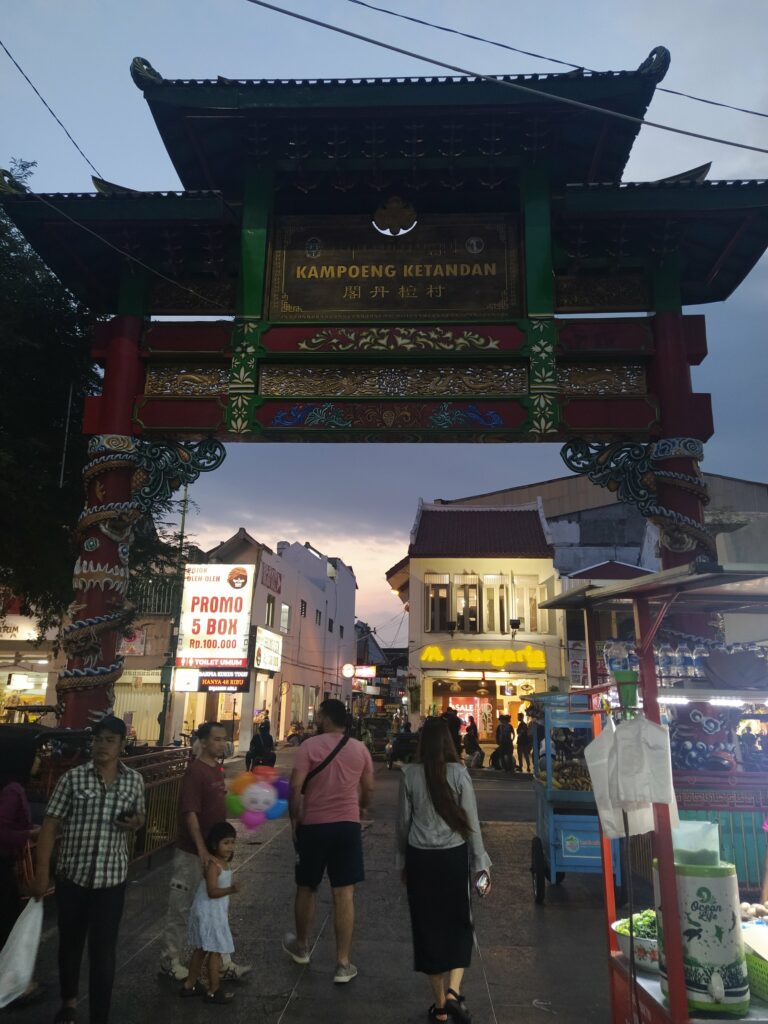
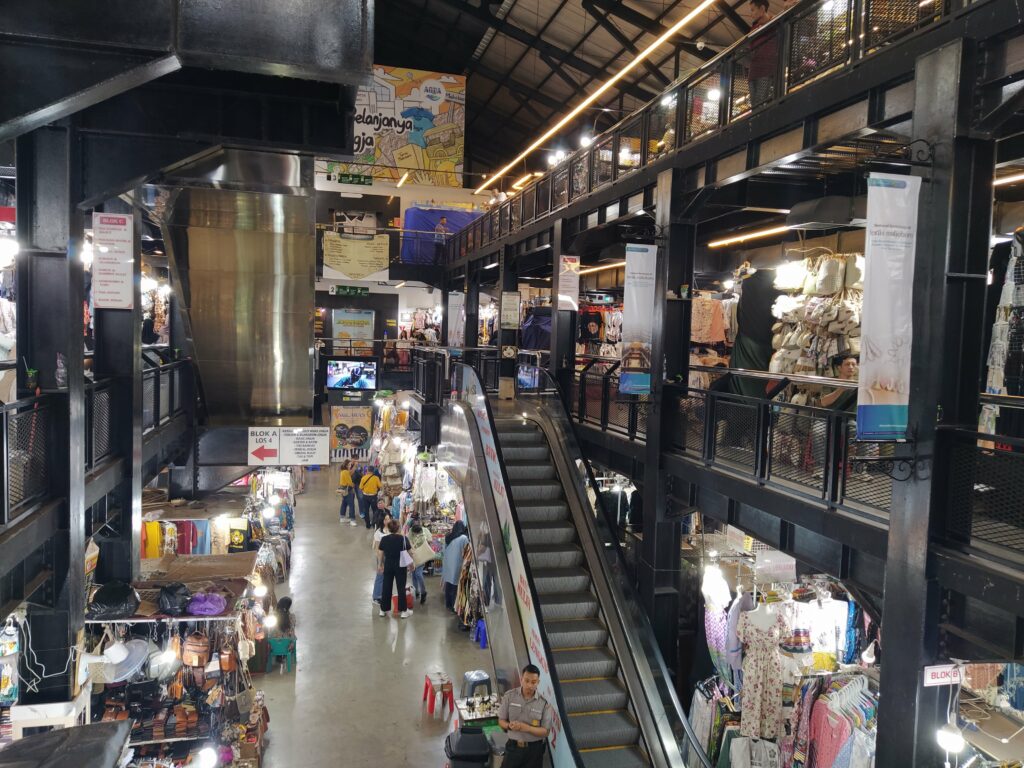
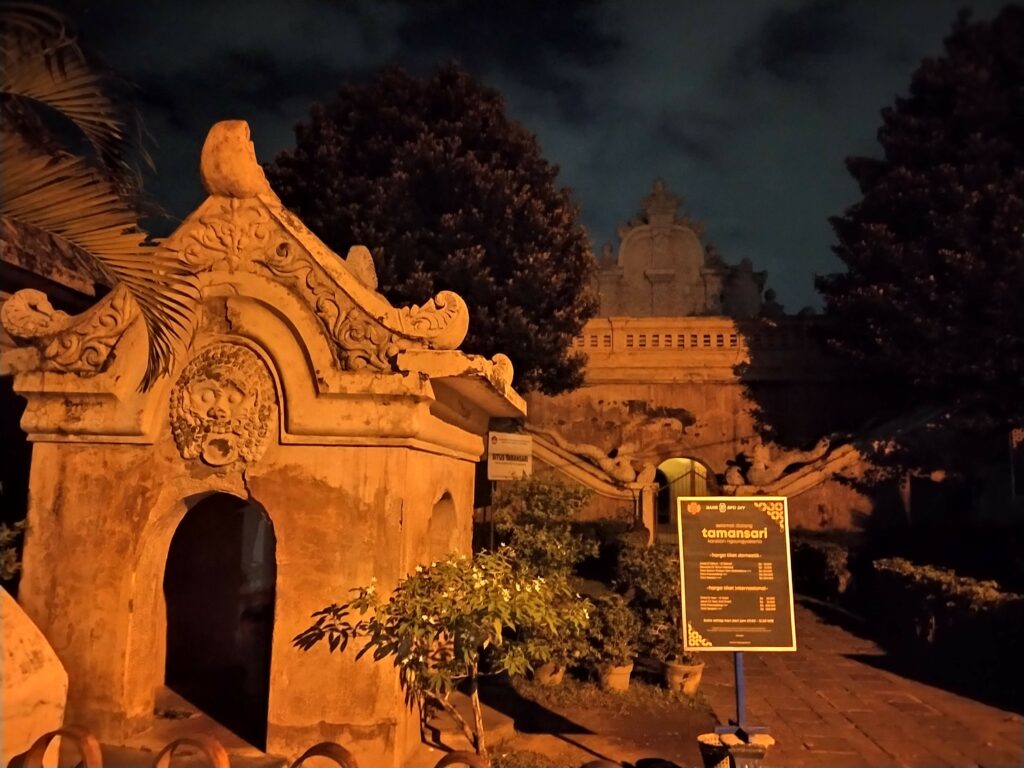
Borobodur-Prambanan
There are two main reasons to visit Yogyakarta: the temples of Borobudur and Prambanan, which should be on every traveler’s list. In one day, you can visit both monuments as small group tours are organized. Alternatively, after coordinating with your hotel, you can arrange a private day trip for you and your group. In our case, we paid 90 euros per person (payment was made in euros), which included transportation from the hotel with a professional guide, entrance tickets, a tour of both temples, and a traditional Indonesian lunch. The duration of the tour is 10 hours, and you should bring a hat, sunglasses, water, and sunscreen due to the very high temperatures.
Borobudur is the largest Buddhist temple in the world and one of the most important monuments in Indonesia and Southeast Asia. Built-in the 9th century, it is located about an hour from Yogyakarta and is famous for the sculptural representations that decorate the surfaces of the temple. The sunrise or sunset view from there is magical and one of the most unforgettable experiences for visitors. It is a UNESCO World Heritage Site.
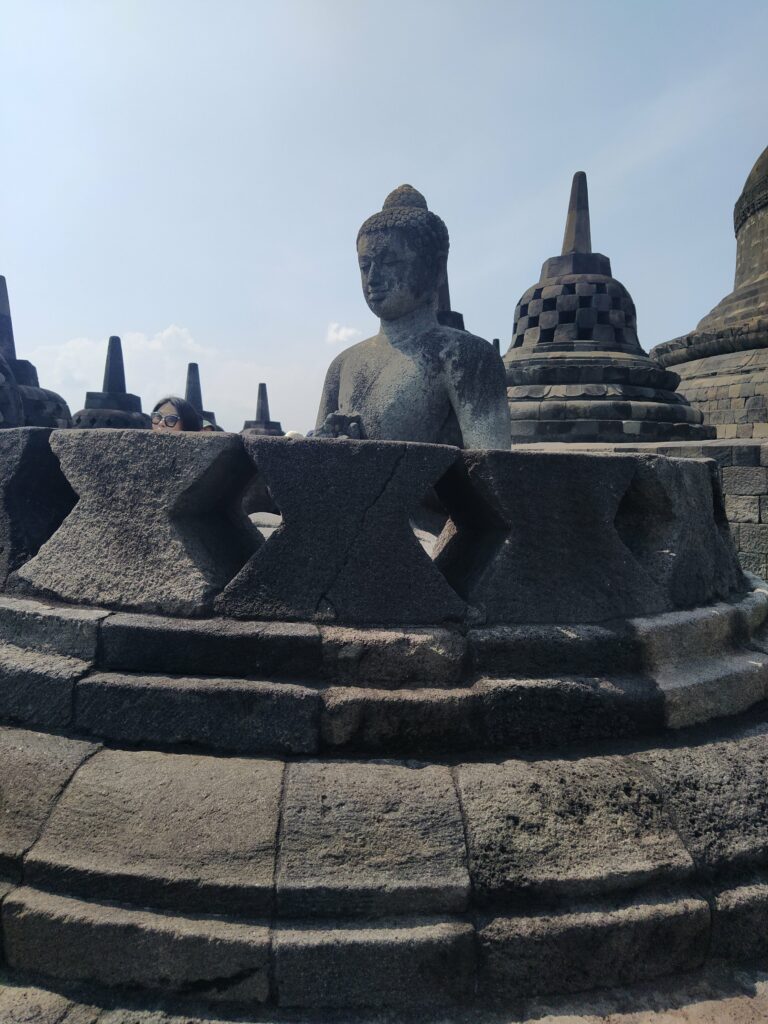
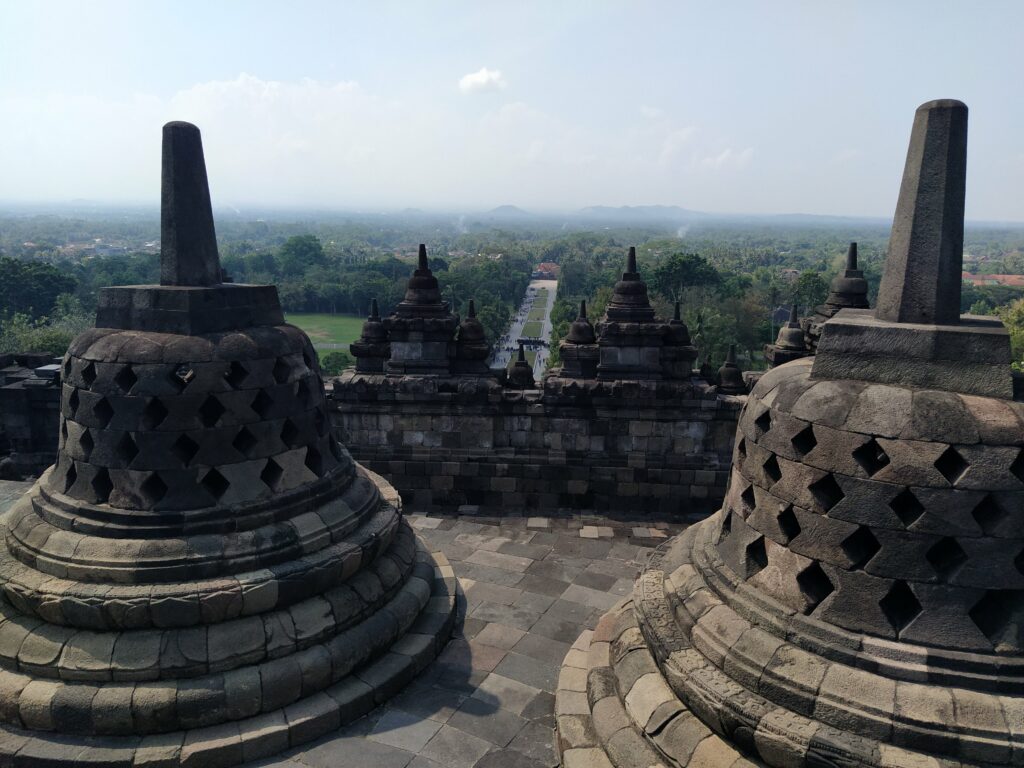
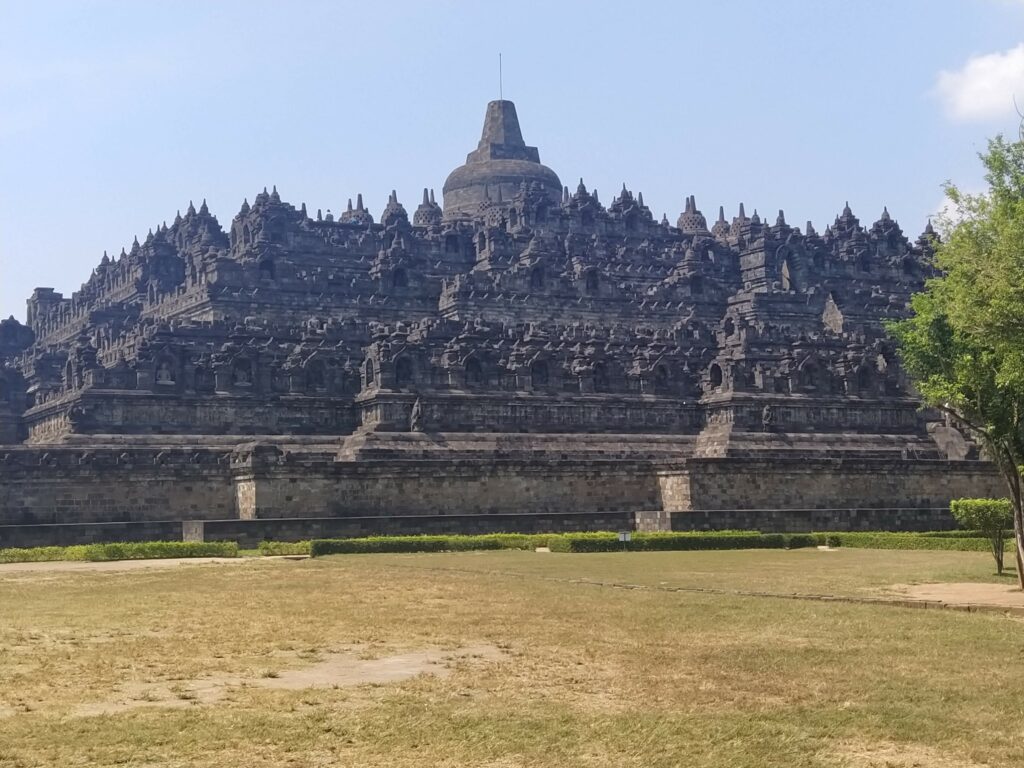
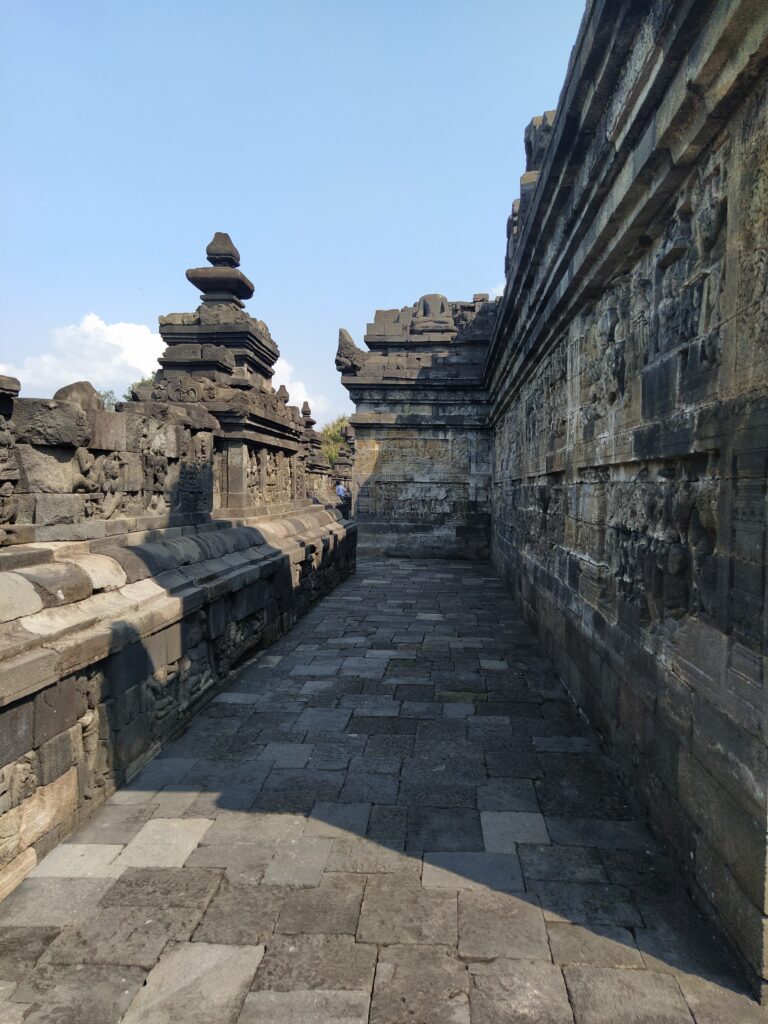
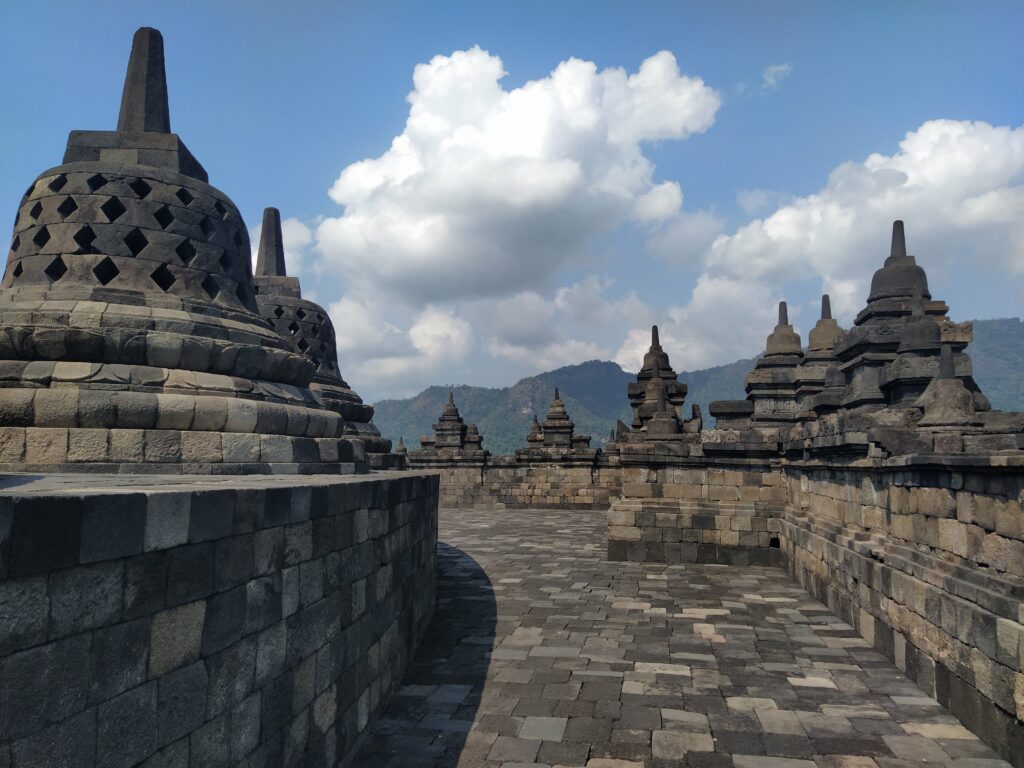
The ticket with a specific reservation time costs about 30 euros and includes a guided tour of the temple in small groups by a professional English-speaking guide (an additional tip for the guides is always appreciated), as well as traditional Upanat sandals to prevent damage to the temple.
After visiting Borobudur, we continued to Prambanan, located on the outskirts of Yogyakarta. It is an amazing complex of 9th-century Hindu temples, which is also a UNESCO World Heritage Site. The temple complex is dedicated to deities such as Shiva and Brahma, and it is the largest Hindu temple in Indonesia. The ticket costs about 20 euros with a private tour from a professional guide.
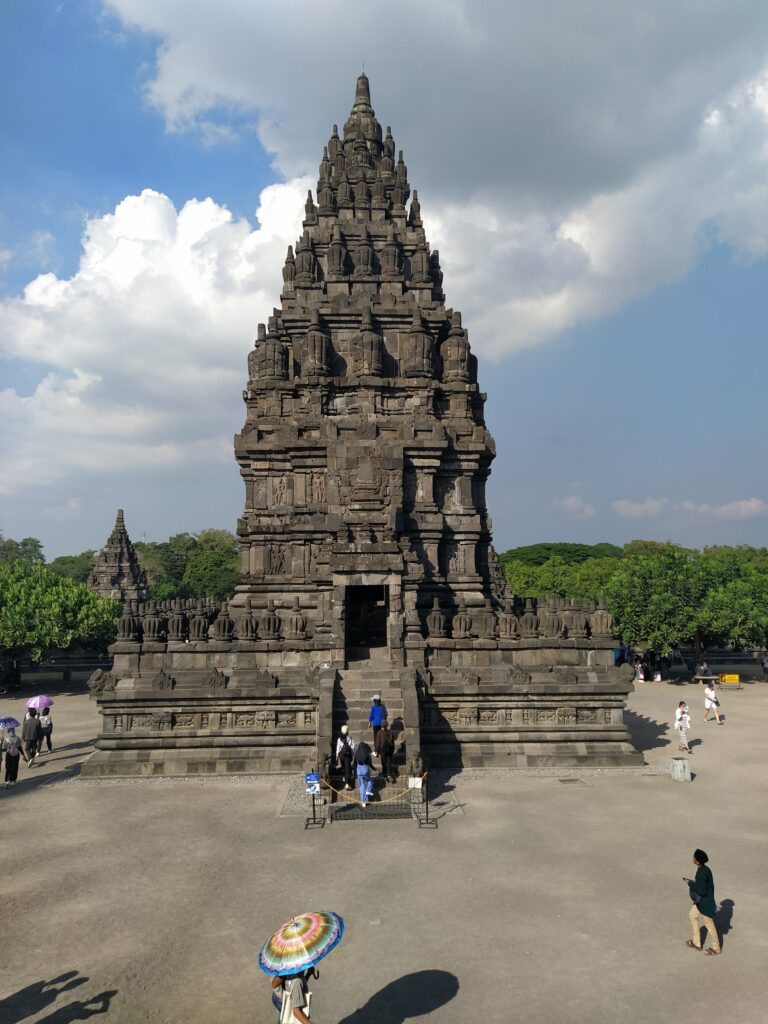

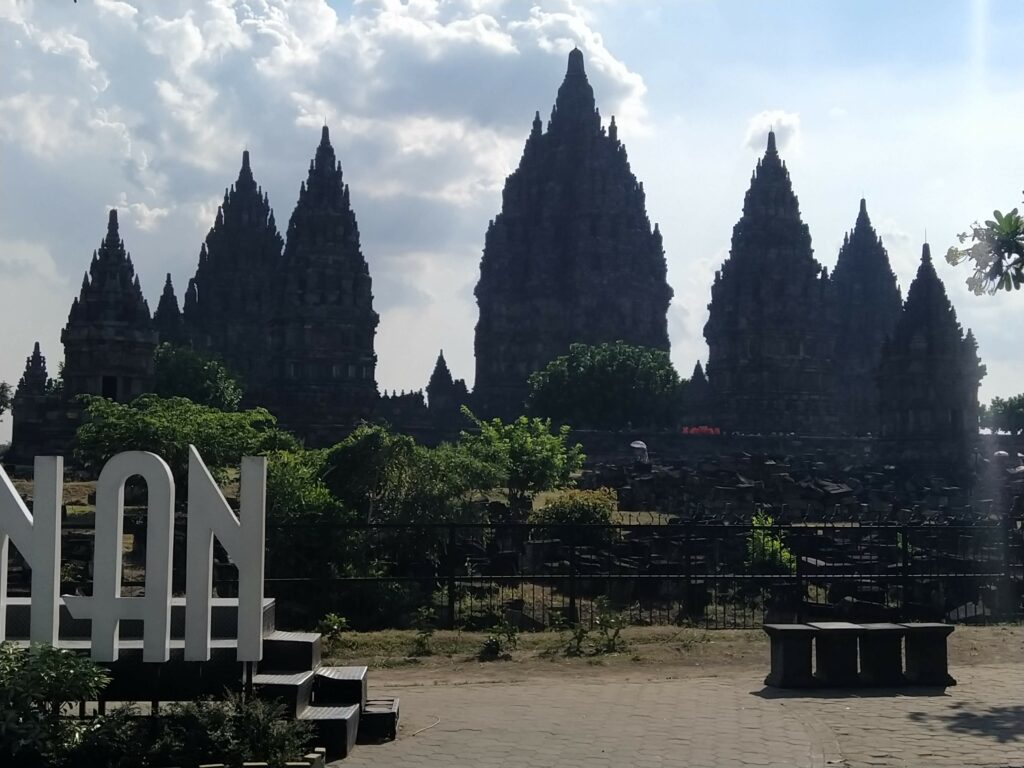
Nearby, and at no additional cost, is the Plaosan temple, which is worth visiting if you have a little extra time.
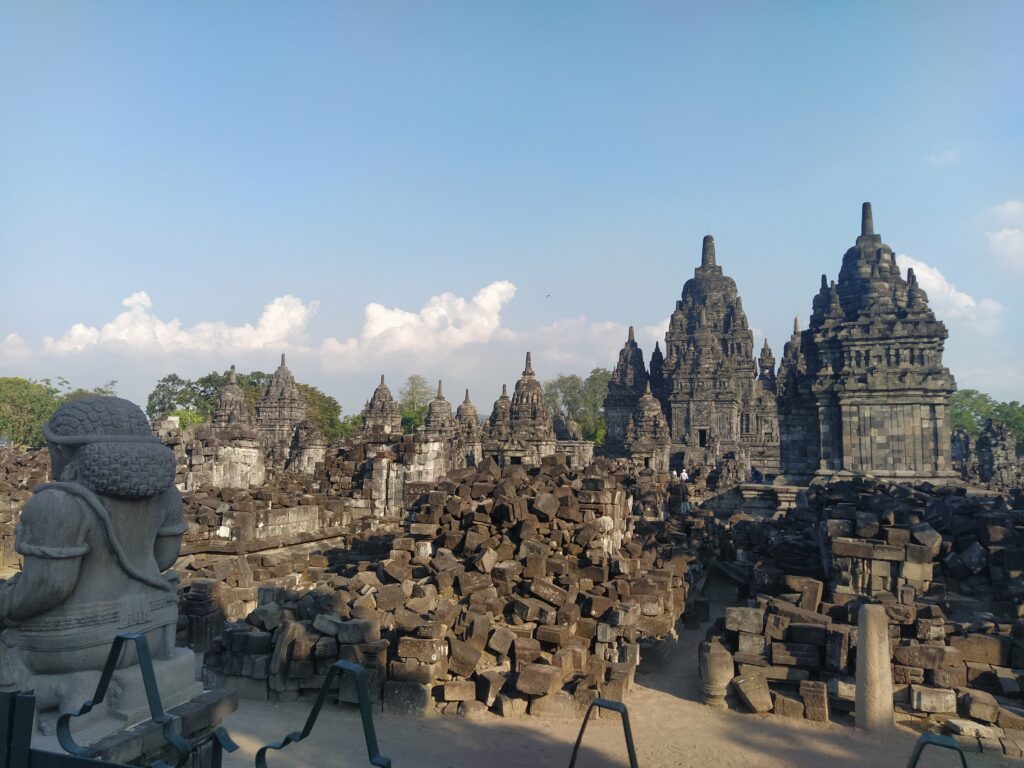
Borobudur and Prambanan are undoubtedly among the most impressive and awe-inspiring monuments in the world, with unique historical and cultural significance. They are undoubtedly works of art and marvels of engineering that will amaze every visitor.
